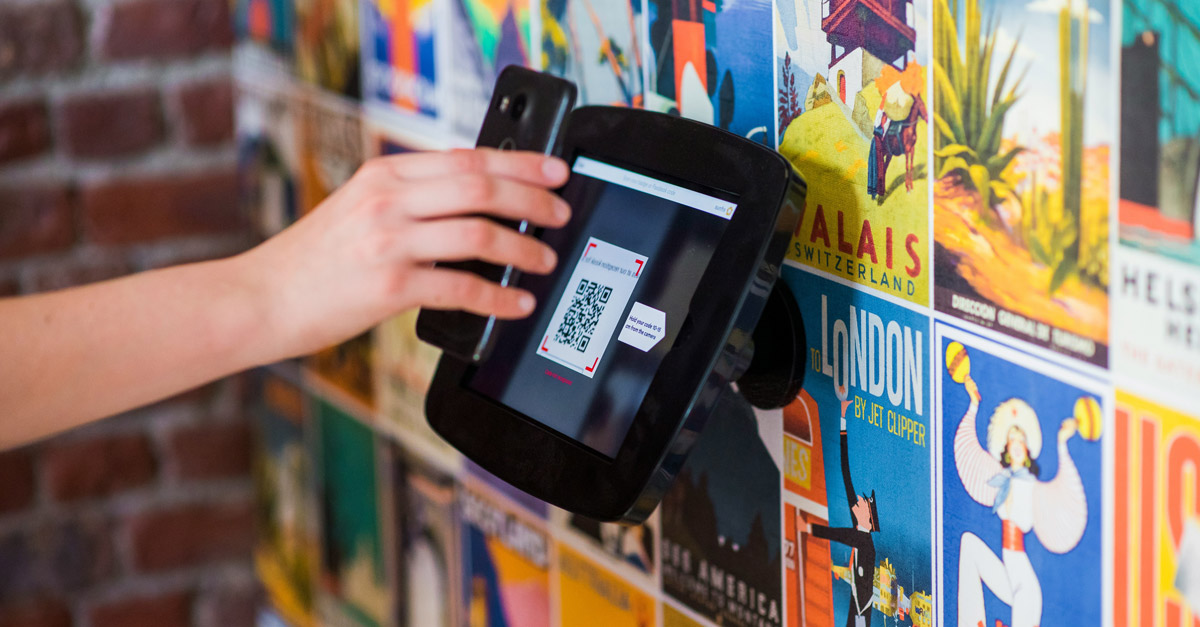As the world of technology evolves, there is a growing demand to build informed and effective user experiences (UX) and user interfaces (UI) for cyber security. Creating solutions that are functional, maximize security, provide reliability, and are easy to use is a must for companies that care about the security of people, networks, and data. By being aware of how UX/UI can be used in cyber security, development teams can create more robust solutions that provide a better experience for end users. Security in the cyber space is a set of techniques, processes and practices used to protect networks, devices and data from attacks, damage, or access. Therefore, in order to maximize protection, the IT solutions created to monitor, detect, and handle attacks should follow the best practices, heuristics, and user experience design principals.
When designing cyber security-related applications, there are several key elements to always keep in mind: usability testing, accessibility compliance, feedback loops, consistency across platforms, scalability and adaptability to technology changes and improvements, ease of learning and rapid introduction of new users without confusion about the functionality and targeted actions they need, etc. All of these factors should ensure that the product meets the expectations while remaining safe.
User experience / user interfaces (UX/ UI) focus on providing users with an intuitive and efficient way to interact with digital products and services. These include everything from the visual layer of the system when it first loads, to the way users navigate through the menus or perform tasks throughout the application. UI/UX relates to how to make the system facilitate/ automate the users’ actions. It defines how a given task can be accomplished in the system, how the system communicates with the end user, what language the end user uses, and defines what emotions accompany the user. In order for the system in development to accomplish user tasks in a usable, simple, and secure way, and to be successful, UI/UX should be considered at every stage of the manufacturing process.
What exactly is user experience?
To make responsible design decisions, it is crucial to understand how prone the human mind is to persuasive technology and behavior.
User experience (UX) and user interface (UI) are the two important elements that make up a successful product. Both are extremely important from the perspective of the overall perception of the company and its products. They cover all aspects of the end user’s interaction with the company, its services, and products. They touch on topics related to how users use the solutions, how they interact with them, and how they perceive those experiences. UX focuses on the overall experience of all users of a product, while UI focuses on the products visual design and interactions. UI and UX are two separate disciplines but they greatly overlap. Both are essential to creating a consistent and successful product that builds implicit trust and user’s understanding through a clear and simple interface. UX is about understanding user behavior and creating experiences that meet their needs, while UI is about creating an interface that is visually and practically appealing. Experience Designers (UX Designers), base their work on Design Thinking – a method, which initially focuses on user-centered design (UCD), on understanding the user’s needs and problems. Using a variety of research methods, workshops and methodologies, the designers identify the requirements and present solution options. They focus on the user journey and overall experience, while UI designers focus on visual design and how the user interacts with the product.
Design System and aesthetics
In order to build a sense of security, it is necessary to ensure, at every touchpoint between the user and the system, that the product is consistent with the brand’s voice and that it is trustworthy. The appearance of the system, its content affect its credibility, which translates into trust. Users perceive an aesthetically appealing design as more accessible, eliciting positive reactions and increasing the understanding for potential minor usability issues. While creating digital products that are based on Design Systems, we operate on sets of established principles, rules, practices, guidelines, instructions, recommendations, pre-made libraries or definitions of design patterns. Building systematised products and providing consistent solutions, increases brand recognition, builds visual consistency, and enhances user satisfaction. This results in perceiving the product as predictable and safe.
Creating useful solutions
Development of secure products is not just a matter of aesthetics or consistency of all visual components of the system. It is important not only to consider the aesthetics, but also to pay attention to usability. Why? Because if something is not easily understood, people will not use it, no matter how good it looks like. Having a well-thought-out information architecture, a hierarchy of the structure of all system components greatly increases the chances of success, as users can quickly find the right content without much effort. This affects affordance, improves overall satisfaction with the use of the product itself, ultimately leading to more conversions and less embarrassment.
Intuitive content and message
For cyber security-related systems used by both business customers and network professionals – who manage, monitor, report and troubleshoot – the language of the messages should be consistent. Having clear communication and clear information architecture, significantly affects the usability of the product. UX writing, unlike copywriting, values objectivity, using simple terms and communicating direct messages. The same is true in the cyber security industry. It also has a specialized language, which uses some simplifications and industry specific terminology. Using a common vocabulary for everyone involved in the project – from domain experts to stakeholders, project managers and developers – is paramount. Using simple language reduces misunderstandings that could lead to costly mistakes, especially when dealing with sensitive topics such as cyber security, where small mistakes can cause huge consequences, both financial and reputational, for the companies involved.
UX ethics and design patterns
When creating and developing solutions, we should strive to build a sense of trust by using patterns that are considered ethical by set standards. For systems related to defense against attacks speed of response is of superior importance. People operating the system 24/7, watch the monitors and use the graphical interfaces, which must be of the highest level. In cyber security, where the reaction time and concentration of the person are crucial, notifications that keep popping up can distract the person, which in turn can lead to them making a mistake. Let’s assume that our product has notifications that are designed to catch the user’s immediate attention (give immediate feedback) and inform of a change in the system. By ‘bombarding’ with constant notifications we distract that person’s attention from monitoring more important events (such as alarms). A person’s reaction time and focus, can be critical factors in realizing a defense against an attack and the constant notifications, can distract that attention, or begin to annoy. By working iteratively, constantly observing the environment, working conditions, and listening to users, we can get information about problems that arise. We can then make a proposal for a solution, study it and adapt it to the need at hand.
One of the laws of UX is Hick’s law, which states that the time it takes to make a decision increases with the number and complexity of available actions. In cyber security, systems for handling cyber attacks, where response time determines the how long it takes to make a decision, should have a minimum number of options. To reduce the cognitive load or not to overwhelm the user, we reduce complex activities to fewer steps, with recommended options highlighted.
Continuous discovery
One way to ensure the effectiveness of UX and UI is through a process of continuous discovery, continuous adaptation to the needs. It involves ongoing research, testing and improvement of the product, based on user feedback and analysis. The continuous discovery process helps ensure that the solutions and product design provided by the manufacturing team are effective and easy to use. It also allows for real-time changes by quickly adapting to user needs and feedback. By combining UX and UI with continuous discovery, you can create a successful product that users will love. The foundation for creating human-centered user experiences, is based on research in behavioral and cognitive psychology. Continuously listening to and collecting information from users and verifying hypotheses about solutions, allows us to learn more about users’ needs and market requirements. Which brings us closer to creating solutions that actually become secure because they cover all aspects of the end user’s interaction with the company, its services, and products. By combining continuous UX/UI discovery, with effective cyber security measures, we can create successful products that solve user’s problems in an unrivaled way.
Creating secure yet easy-to-use software solutions, requires careful consideration of user experience (UX) and user interface (UI). By understanding the best practices in these two areas, coupled with careful advance planning during all phases of the product lifespan, we are able to maximize performance and minimize the risks associated with creating robust systems capable of defending against malicious attacks, successfully securing valuable data assets stored on the network. One of the most important values is taking care of security, so when providing solutions, remember that with great power comes great responsibility. While remaining transparent, let’s strive to make cyber security simple and accessible to everyone.






